
OdinsEye2k
-
Posts
724 -
Joined
-
Last visited
Content Type
Profiles
Forums
Events
Posts posted by OdinsEye2k
-
-
Thanks for the comments. Yes, she does certainly have an Asian look, which I didn't see come out until this batch of renders. It actually was in my original plan - the character will actually be a human Martian, meaning a native colonist. How that relates is that her proportions will be stretched a bit in the neck, waist and legs to attain a 9 or 10 head height. I wanted a rounder archetype to kind of balance against the thin rail syndrome.
Francois - I'll take a look at the 5-point. Your model has actually given me a couple of excellent ideas, so thank you. I'll show you the result in my next batch of WIP. Hopefully her flight suit will be modeled up by then.
I think both of our models in that area don't strictly follow the muscle flow of the region - mine emphasizes the Depressor anguli oris too much and yours the Oribicularis oris. See the attached link:
http://www.gwc.maricopa.edu/class/bio201/head/head1b.htm
I'm no doctor, so I may be identifying the wrong structures, but you should get the idea.
BTW - your makeup pose slider's pretty slick!
-
Hey all,
I've been working away at teaching myself to be better with anatomy so that my models come out a bit better. Here's what I have so far:


Crits and comments are welcome - and ideas on a better hairstyle would be much appreciated. It's currently just something I tossed in to play with v11 hair grooming.
Enjoy,
Bjorn
-
I've got a couple of leads come to think of it, but I can't translate them into what I need to do.
I messed with the guide hairs in the modeling window, and when I expand the '+' on the Shortcut to the hair material, all of the hair guides are shown. I can do the same in the chereo and tell that they have different settings, with the chereo settings ghosted as if they're defaults (but they are laying down, not sticking straight out like when I started in the modeling window).
I think I just need to transplant the model channels to the chereo, but don't know how to do it except for manual keying... there is a better way, right?
-
Hey guys,
I'm trying to get hair to work in v11 (guide hairs are fantastic by the way, beautiful technique as usual for the Hash guys), but it seems to behave a little strangely in chereo.
For one, it hangs there limply, even though I've checked the modeling work I did with dynamics pre-rolled and the stiffness is high (90%). Also it appears that the guide hairs in the chereo are set completely differently than they were in the model. My custom lengths and styling is gone (probably why it's just hanging there limply), but remains in the model just fine.
Is there a way to get the model guide hair set-up into chereography for rendering? Or do I have to do the hair stuff from scratch there?
Thanks,
Bjorn
-
Definitely some nice stuff there, especially the models in other parts of the site.
Aside from the motion sickness induced from putting all the high-speed shots together, the camerawork does seem to be pretty tight for most of it.
I think the only pieces my eye found really objectionable was the sequence of movements between the car tracking and the ladies on the roof. The camera motion would be more effective if instead of rotating to look up the roof, that it continued from its angle when they are at the roof's edge (that is camera roughly on level with the girls) and simply panned slowly to frame them along the right side. It would far more strongly convey their looking outward to check out the car for whatever reason.
-
To get a good handle on the concepts, you can also look at Dem Bones by Raf, which includes the principles of the pre-Setup Machine rig (aka the 2001 rig IIRC) which was a decent rig to start out with. Nicely illustrates some concepts like auto-balance control and automatic foot leveling.
The Dem Bones article should be on the aforementioned ARM.
-
You might want to keep in mind that Mike's (the 3dartz.com link) piece of this new learner suite is probably a tad advanced for an immediate start, but may come in handy once you've progressed through the very basics of animation.
I'd agree with DrEddie and say you'll want to play around with the basics for a while. I chose a boat (like a Spanish galleon hull) as my first real test project to get used to the idea of splines and a complex curvature before turning to harder subjects (like characters).
-
Looks like a good start - I can't comment on the engine much, but I did notice that the top wing has kind of a funky looking airfoil. If you look up at it as you rotate, you can see that it's not yet totally smooth.
Also, the brothers home-made that engine IIRC, so it might be worth investigating what kind of finish it would have. It was probably a pretty major piece of craftsmanship and a sales item (again, IIRC, it was the most powerful engine per weight of its time - it had to be).
-
Hello to everyone,
Well, I've been working on yet another new model (slowly and patiently this time, concentrating on one place at a time) - I've always gotten into trouble with the human thumb and hip (shoulder a little, but not so bad). Yes, these are the human ball joints, probably one of the toughest things to do with all of those layers of muscle and such.
Right now, the method I've been using is to isolate the hardest areas first (did the head, it looks pretty good untextured now, hand also modeled very nicely with no texturing) and grow out from there. I am also trying something new, which is to prepare geometry bones and smartskin as I go - finishing the model only to futz with the rigging has seemed to get me to stop moving forward as it feels like such a chore.
So - what books would you guys recommend for seeing how all of the bones and muscles interact so that they can be animated? For example, it almost looks to me like my thumb can rotate on its axis just a little and I still can't tell exactly how it meets up with the wrist. It would be best if the books are anatomically based with sketching, with an intend on animation (for 3d rigging would almost be too good to ask).
Thanks all,
Bjorn
-
Couple of possibilities:
1) Five points don't always resolve to the correct normal (I think it has to do with their foundation points that you select in a 'wrong' order) - just go to Modeling under the options menu item and turn on normals to see if this is the case, then flip if so.
2) Five points subdivide differently than fours, which shouldn't affect texturing, but do affect appearance of the surface, because a couple of the sub-five patches will end up more or less dead-ended. A great reason for biased or smoothed normals, which now exist in the software. Excepting the normals problem, they should take decals just fine.
As for the selection problem, I think there are certain rules that apply when two five-pointers are next to each other as to which is good to apply and which isn't (not sure on that one).
-
Yves Poissant is the master of this topic (in terms of spline bias control and understanding), so I'd read his webpage:
With the new automatic biasing techniques brought in the bias normals, I think this problem has changed quite a bit. Also, the 'popping' effect only happens when you cross over a certain alignment (illustrated on the page nicely). If your animations will tend to make the splines bend only in one direction (say, the sides of a finger or a knee joint with only one degree of freedom), then you'll most likely be safe.
Finally, smartskin is just as easy to alter the spline bias as it is the CP's, so as long as you choose your points to bias wisely, the problem should not get out of hand, so long as your model isn't dominated by tweaking to keep it looking right.
-
There aren't too many good examples of cloth at work yet - quite a few people have tried, but the secret has really yet to be discovered. Even Raf said he had to do paint-outs on Dennis' vest while working on Animator's Apprentice IIRC.
There's supposed to be a big cloth tutorial coming up by one of the users, but it's still in the making.
-
Along the same lines, I'd be interested in seeing (whether by Hash or our
SDK wizards) a quick script/plug-in that can be turned on to 'beta' mode or
whatever and continuously raid the undo list (a command list has to be
maintained somewhere for undo to work, correct?) and writes a debug diary.
That way, the moment A:M crashes or does something else wonky, there's a tub
of *exact* operational data to go along with model/project data for a
bughunt.
If the undo list is maintained somewhere at all obvious in the SDK or the
Hash routines, it seems like it would be simple to have this continously
output to a text file on demand.
Bjorn
-
Gratzi, fellas. I think I'll submit a feature request on this one - it's a big one to promote, because it's A:M's potentially best way to deal with throwing detail on a model at will. Hooks are great, but they have their own issues that need to be dealt with.
Anyways, thanks again -> I'll also try and design a couple of tests.
-
The intensity is fine (I can control that with the percent effectiveness slider on the picture, unless this is of course causing some precision to be thrown away) - I'm more concerned about the fact that the subdivision does not seem to be fine enough to do the job.
I can't remember what the number is - I think it's 128x128 per patch, but I'm trying to find out (since it's hard to find documentation on such matters).
-
Hey everyone -
What exactly is the resolution of displacement maps (in terms of patches generated on a single patch of application)? I'm trying to use them to add extra detail to a model - specifically the fingernail cuticles that would be extraordinarily difficult to do with good results with patches alone.
However, at the moment, the displacement map looks horrible (the sub-divided patch patches are very visible and none too smooth) - any thoughts on improvement?

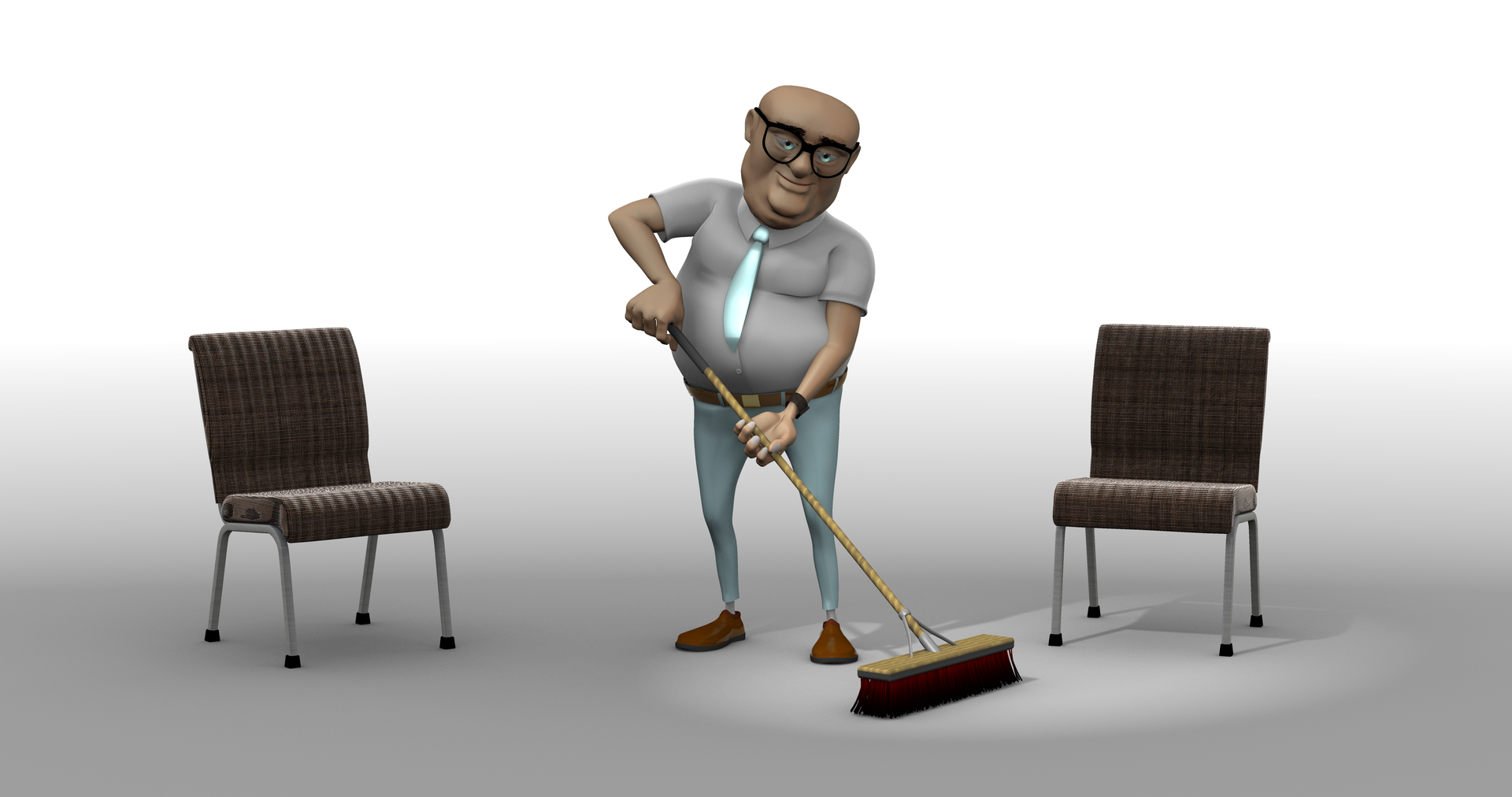
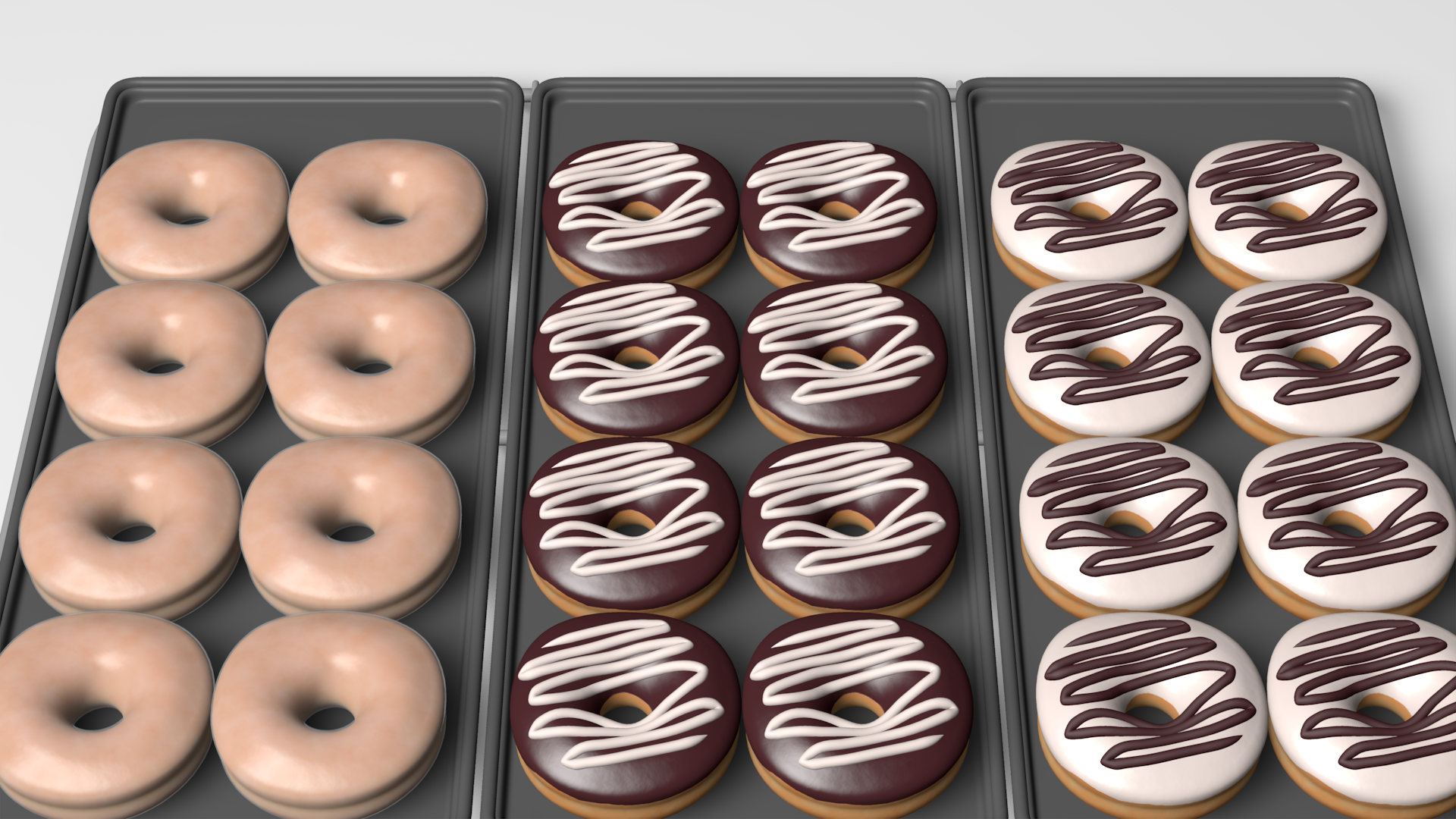
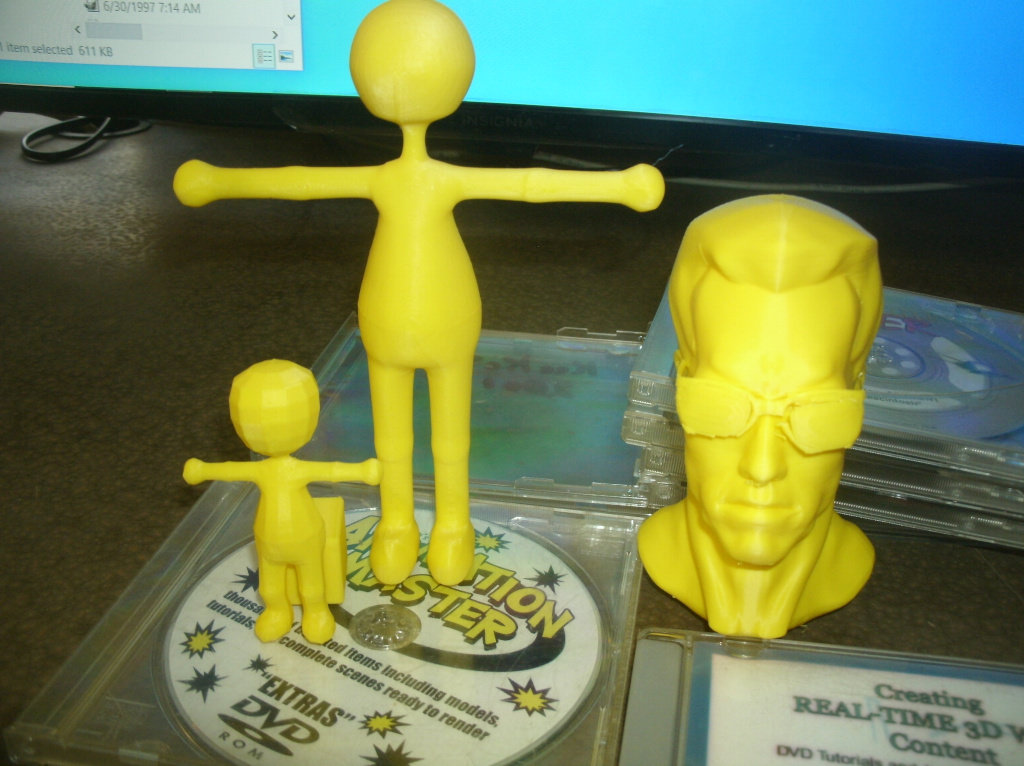
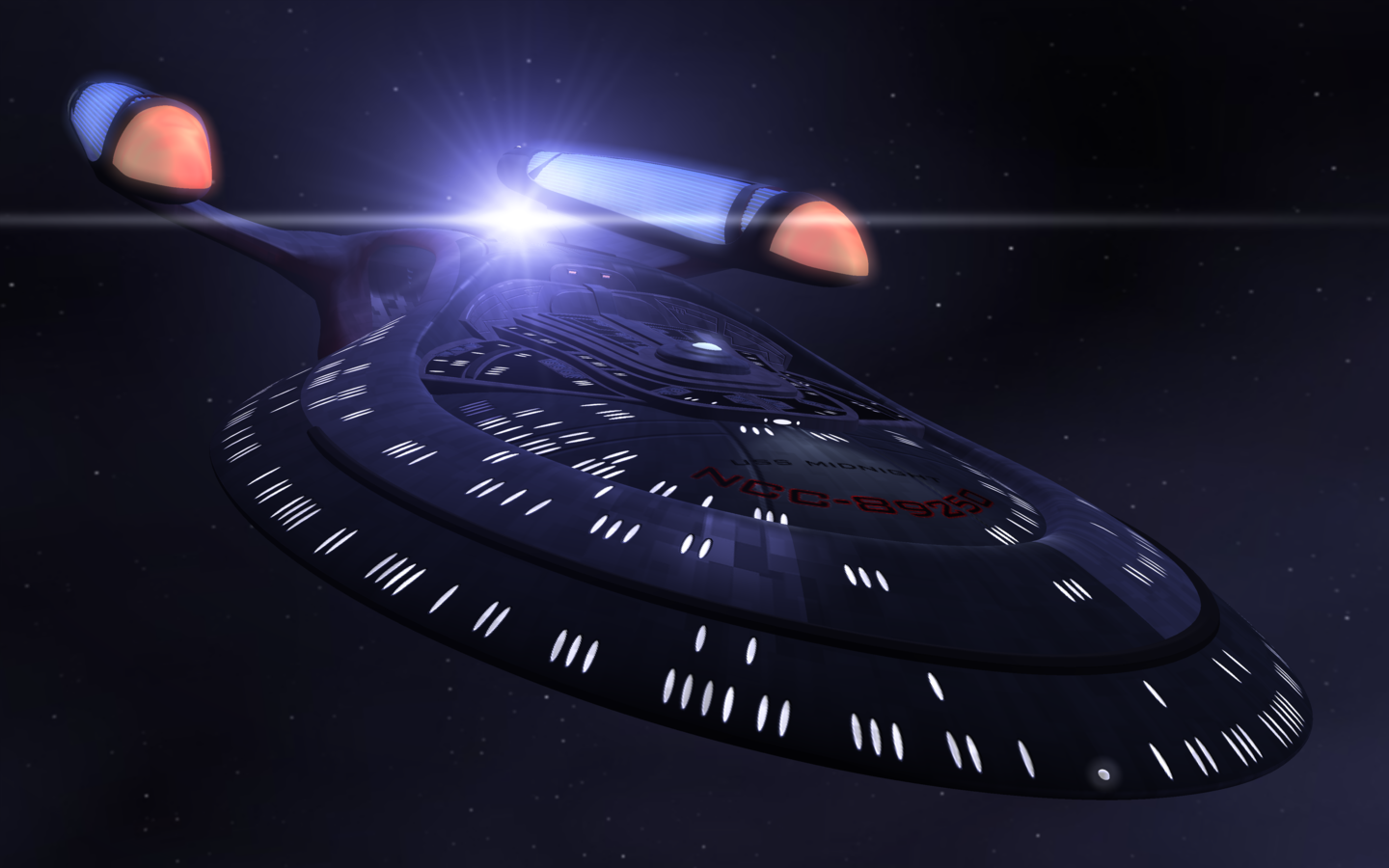
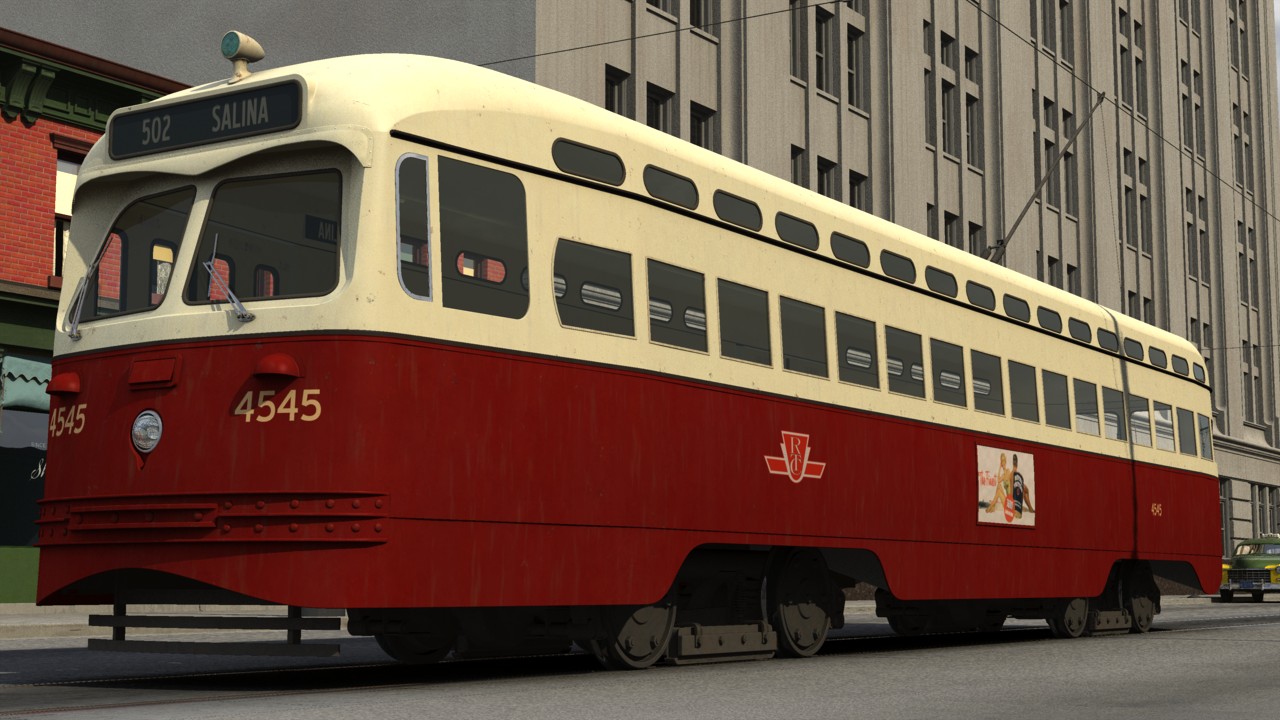
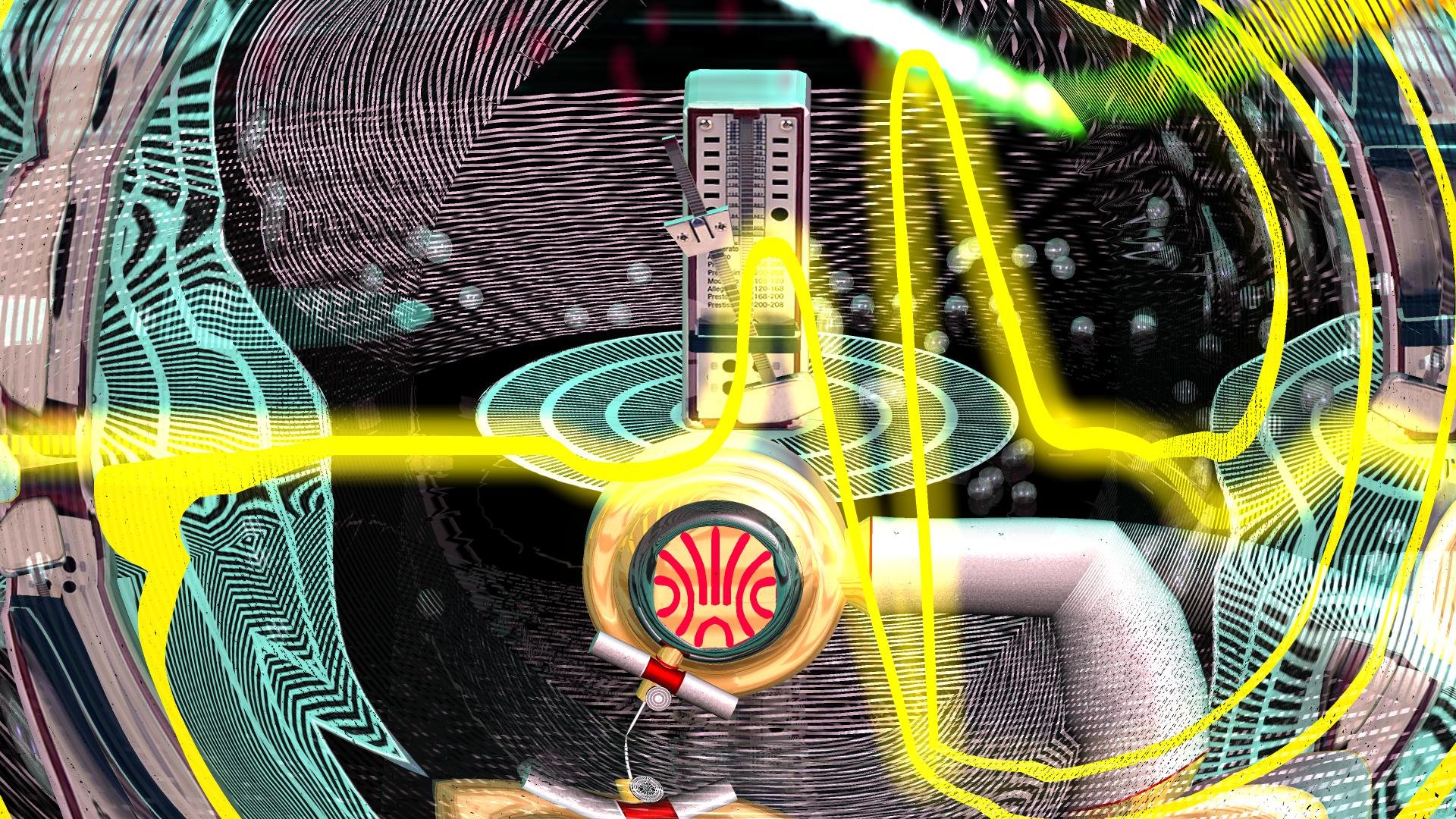

New WIP
in (2003-2004)
Posted
Good deal - thanks for the suggestions guys. I think the key to both sets is, as William said, to add an extra spline ring around the mouth. It pushes the 5-pointers out a ring, so they aren't attached to the mouth edges.
And I tossed in the eyelids - meant to do that but kind forgot. It was really nice to model without them, so when I form fit the eyeball the first time, it left me free to do the lids as I wanted to.
Learning so much from this iteration - man, it's slow, but working out stupendously!
Look forward to an update when her jumpsuit's ready.
Bjorn